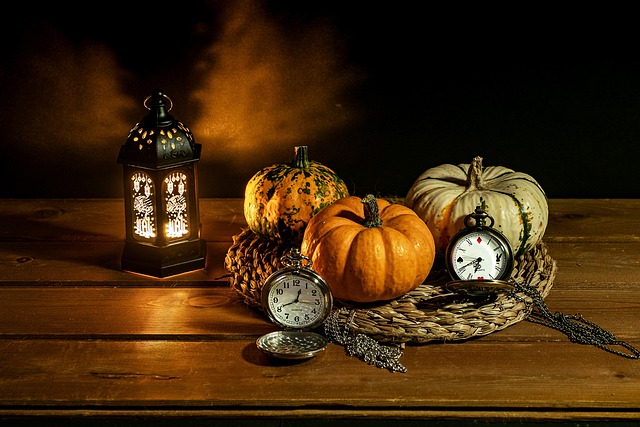Unlocking Creativity: Harnessing the Power of Metaphor in Your Composition
Every writer knows the struggle of staring at a blank page, searching for the right words to breathe life into their ideas. It’s in these moments of creative blockage that we often find ourselves yearning for inspiration that truly resonates. What if I told you that the key to unlocking this creative potential lies within the metaphor?
The Magic of Metaphor
Metaphor serves as a bridge between the familiar and the unfamiliar; it transforms mundane concepts into vibrant imagery. By comparing one thing to another, you’re not just creating a picturesque language; you’re evoking emotions and painting vivid memories in your reader’s mind. Remember how a metaphor can turn an ordinary storyline into a rich tapestry of meaning.
Why Use Metaphors in Composition?
Incorporating metaphors into your composition adds layers and depth to your writing. Here are some compelling reasons to embrace this powerful literary device:
- Engagement: Metaphors capture the reader’s interest, drawing them into the narrative and making them feel a part of the experience.
- Clarity: Sometimes, a metaphor can convey complex ideas more clearly than literal language, allowing your audience to grasp intricate concepts with ease.
- Emotional Resonance: Metaphors tap into shared human experiences, evoking emotions that resonate deeply with the reader.
Crafting Metaphors: A Step-by-Step Process
Creating effective metaphors requires a blend of creativity and intuition. Here’s a simple guide to help you harness the power of metaphor in your compositions:
- Identify the Heart of Your Message: What emotion or idea are you trying to convey? Determine the core message that you want to express.
- Find a Relatable Comparison: Look for something tangible or vivid that can represent your message. It could be an object, a natural phenomenon, or even an experience.
- Use Descriptive Language: Once you have your primary image, enrich it with descriptive language. Consider how the characteristics of your chosen comparison enhance the feeling you wish to convey.
- Refine and Reflect: Write your metaphor and then step back. Does it resonate? Does it enhance your narrative? Refine it until it feels just right.
Examples of Powerful Metaphors
To illustrate how effective metaphors can be, let’s explore some iconic examples:
- “All the world’s a stage, and all the men and women merely players.” – Shakespeare uses metaphor to convey the roles we play in life.
- “Time is a thief.” – This metaphor beautifully encapsulates the fleeting nature of time, evoking a sense of urgency.
As you weave metaphors into your writing, remember that they should serve as enhancements rather than distractions. When executed well, a metaphor can elevate your composition from the ordinary to the extraordinary, creating a lasting impression in the minds of your readers.
Conclusion Preview
As we delve deeper into the role of metaphor in creative expression, we will explore its ability to foster connection and understanding. Stay tuned for our next installment, where we will dive further into the art of metaphor and share more tips on utilizing it effectively in your compositions.



